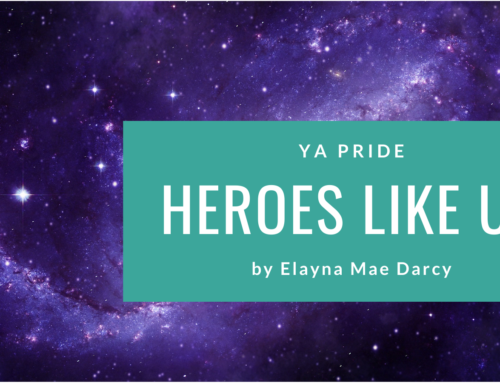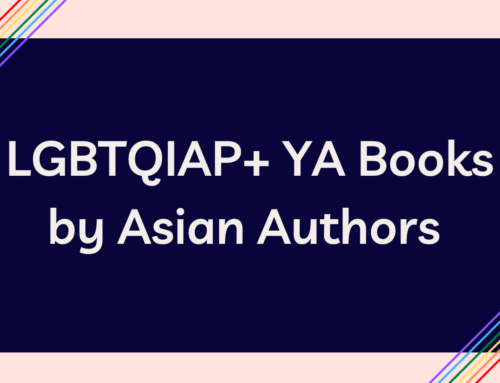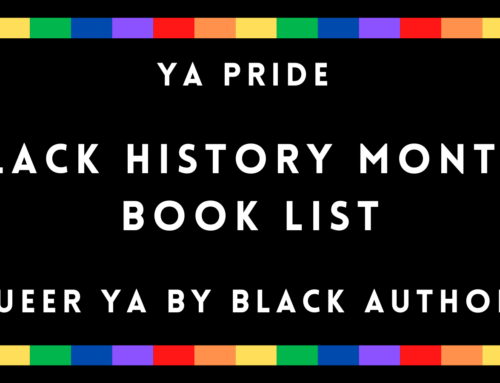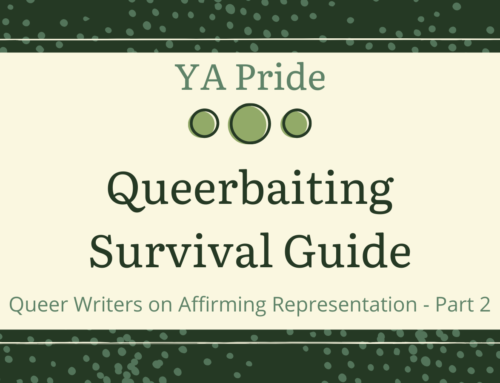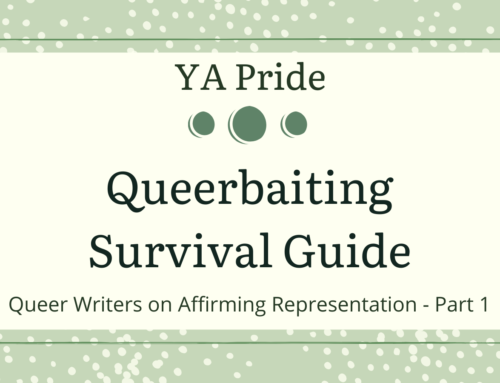Today we have author Shannon LC Cate talking about race and gender histories, the importance of small-press or self publishing, and of course, her book Jack. Find out more about Jack here!
Question: Why did you choose the particular time and setting? (Post Civil War, New York and Arizona?) What about that time and those places interested you, or served the story?
SHANNON LC CATE: I studied this period during my graduate work in American literature. When I write historical fiction, I tend to naturally choose the last quarter of the 19th century because of my familiarity with that time and its various social settings. As for the places–I knew I would need a western setting, which is where the story began in my mind. I chose the Arizona Territory, because though I’ve never lived there, my dearest friend lives in Tucson and I have fallen in…not love exactly, but fascination with the place and its history on my visits to see her.
I needed to go backwards from the western scene that initiated the story in my mind (the first scene I conceived was near the climax of the novel) and the more I filled out the main character of Jack, the more it seemed he had come from Five Points, which was a rough immigrant area of Manhattan in this period. It just fit his character perfectly for that to have been his background.
Q: What’s your favorite feedback, so far, from readers?
SC: I love to hear that teens are reading and connecting with my book! Lots of my own age-peers have read and enjoyed it, and that’s wonderful, of course. But when I get feedback from an actual “young adult” that’s when I know I’ve hit the target for writing “young adult” literature. Most especially gratifying are the comments from queer teens who can identify with Lucy and Jack for that reason, too.
Q: Why did you choose to make the character of Jack biracial?
SC: Jack’s race makes sense for the time period and the setting. There was (and is) much more mixing of races in U.S. history than is commonly discussed in the mainstream culture–especially in urban communities of recent immigrants. Many families today contain both Black and white members even when they are unaware of it. One thing I like to do in my fiction is bring out hidden histories–queer histories, of course, but race histories, too.
The more I thought about who Jack was–from his looks, to his childhood story of running away from an orphanage, the more it made sense that he was biracial, and to a certain extent, he had been abandoned because of it. You can read Jack’s back story in a free short story I wrote as a prequel to the novel, called “Jump.” I knew this was Jack’s story all along, but I didn’t decide to write it down until an enthusiastic fan asked for more.
Q: Is Jack transgender? Or an orphan girl who has found living as a boy safer and/or more freeing than conforming to the accepted feminine behavior of the period?
SC: Yes. And yes.
Actually though, Jack is not transgender because that category wasn’t available in the 1870s. To call him transgender would be inappropriately anachronistic. Jack is an example of a historical phenomenon of girls or women changing their identities to boys and men. Sometimes this was temporary–many women served in the Army in the Civil War dressed as men, for example. Some went “back” to being women after the war. Some remained men. We can’t quite know what exactly it meant to them, because our society is so different than theirs was–not as constrained by rigid notions of binary gender. Jack was an orphan girl who made a practical decision to change genders. But grown up Jack is a man. He is a man with a difference, to be sure, but a man.
Q: There’s some major horse riding in the book. Can you talk about that?
SC: Well… much of the action does take place in the West–which is a good excuse to put horses in the story. I have always loved horses and as a kid, loved reading about horses. I couldn’t resist a few good horse scenes!
Q: Did the story take you anywhere you didn’t expect it to? Any surprises while writing?
SC: There is a pretty big surprise that came to me entirely out of the blue, when I had to solve a problem in the plot. It became Jack and Lucy’s problem and don’t you know, they solved it for me! It’s good to have clever main characters who can help a writer at sticky moments. I can’t tell you the surprise though, because I don’t want to spoil it for readers.
Q: How would you like to see Gay YA evolve in the next few years?
SC: What I’d love to see is a place where readers can find the books that don’t necessarily make it into the big NYC publishing houses because they are supposedly too risky, or too niche-interest to sell in big chain bookstores.
While it’s good to see the offerings among mainstream big presses begin to include more queer characters, there is still a fairly narrow script–and a narrow type of “queer” character that is allowed to squeeze through those gates.
But we know that readers’ interests are broader than that. If NYC isn’t willing to gamble on many, say, trans characters of color, who are simply who they are and it is not The Big Issue in the book, then small presses, e-first presses, and self-publishing writers can–and do–take that plunge.
GayYA can be–will be, I hope!–the place to find those books.
 Shannon LC Cate has been writing about family, parenting, politics and religion since 2000. Her work has appeared on Babble.com, BlogHer.com, Literary Mama.com, VillageQ.com, in Adoptive Families Magazine, Gay Chicago Magazine and elsewhere. Her debut novel, Jack, is an Editor’s Top Pick from Musa Publishing.
Shannon LC Cate has been writing about family, parenting, politics and religion since 2000. Her work has appeared on Babble.com, BlogHer.com, Literary Mama.com, VillageQ.com, in Adoptive Families Magazine, Gay Chicago Magazine and elsewhere. Her debut novel, Jack, is an Editor’s Top Pick from Musa Publishing.
Shannon, her partner, and their two young daughters divide their time between Chicago and Urbana, Illinois. You can find her online at ShannonLCCate.com or on Twitter @LilySea.
